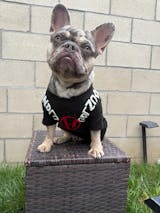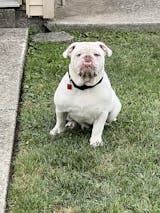Ear and Skin Yeast Infections in Dogs
Do you often find your furry friend scratching relentlessly, leaving you wondering what's causing their discomfort? Well, the culprit might be a pesky yeast infection. Yeast infections in dogs are primarily caused by an overgrowth of the fungus known as Malassezia. This fungus is present in small amounts on your dog's skin and ears, but when conditions like moisture, warmth, and excess oils arise, it can multiply rapidly, leading to infection. Yeast infections in dogs can be a bothersome ordeal, but with the right knowledge and care, you can help your pup find relief and regain their joyful spirit. Let's dive into the world of canine yeast infections, from symptoms to solutions, and learn how to keep those tails wagging happily.

Signs Your Dog May Have A Yeast Infection:
Yeast infections can manifest in various ways, but keep an eye out for the following symptoms:
- The Itch Factor: One of the telltale signs of a yeast infection in dogs is excessive itching. If you notice your dog scratching themselves incessantly, it might be a sign of trouble. This itchiness can lead to redness, irritation, and discomfort.
- Rusty, Reddish Hair Between Toes: Yeast infection triggers excess moisture, leading to fungal overgrowth. This accumulation can cause the fur between a dog's toes to appear rusty and reddish, signaling a potential infection.
- Black Skin Accompanied by Hair Loss: Yeast overgrowth can cause inflammation and damage to a dog's skin. This irritation can lead to hyperpigmentation, turning the skin darker.
- Heavy Dandruff: If you notice flaky skin on your dog's coat, resembling heavy dandruff, it might be indicative of a yeast infection.
- Greasy Hair and Foul Smell: Yeast on a dog's skin can lead to excessive oil production. This results in greasy hair and provides an ideal environment for odor-producing bacteria, resulting in a foul smell accompanying the infection.
- Redness and Discharge: Yeast infection in a dog's manifests through redness, often accompanied by brown discharge. The ear might appear greasy or matted, signaling the presence of the infection. Prompt attention and proper cleaning are essential to alleviate discomfort and prevent the infection from worsening.
- Loss of Hair: Yeast overgrowth in dogs can disrupt the hair follicles and weaken the skin's integrity. This can lead to hair loss in affected areas, as the infection compromises the follicles' ability to maintain healthy hair growth.
- Seasonal Patterns: Spring's increased humidity provides favorable conditions for yeast growth, leading to pronounced symptoms. As fall approaches and humidity decreases, symptoms may alleviate. These shifts highlight the influence of weather on yeast infection development and progression.
Helpful Dog Care Tips for Treating Dog Yeast Infections:
To help your furry companion find relief from yeast infections, consider the following steps:
Watch Their Diet: Yeast thrives on carbs and sugars. Opt for a diet with fewer carbs and sugars to create an environment that's less favorable for yeast growth. Carbohydrates can be found in ingredients like potatoes, corn, oats, peas, rice, and sweet potatoes, which are commonly present in commercial dog foods.
Regular Cleaning: Proper hygiene is essential for dogs in order to prevent infections and maintain their overall well-being. Regular cleaning helps control bacteria, yeast, and odor buildup, reducing the risk of skin issues and discomfort. It also promotes a healthier coat, skin, and ears, ensuring your furry friend stays happy and comfortable.
Squishface Wrinkle Wipes: These wipes can be a game-changer in your dog's daily skin care routine. The effective ingredients are Ketoconazole and Chlorhexidine, which help combat yeast, bacteria, and fungus, thus contributing to your pup's overall well-being. They also contain phytosphingosine, which is used in dog skincare products to support healthy skin, alleviate skin issues, and enhance the skin's natural protective mechanisms. They are specially designed to clean those tricky spots like tear stains, raw wrinkles, paws, and tail pockets. They're also free from common allergens like lavender, aloe, and lanolin, making them suitable for the most sensitive of pups. As an added bonus, you can pair Wrinkle Wipes with Squishface Wrinkle Paste, which acts as a barrier to moisture, preventing the ideal conditions for yeast to flourish.
Squishface Ear Wipes: With a convenient finger sheath, these ear wipes make it super easy to clean your pup's ears! These ear wipes also contain the powerful trio known as Ketoconazole, Chlorhexidine, and Phytosphingosine. This product helps you reach tough spots in your dog's ear, all while providing helpful ear-care maintenance to ensure your dog is getting the proper care it needs! Just remember - ear infections are usually caused by fungus and these ear wipes work hard to help against the battle!

The Bottom Line:
Yeast infections may be trouble for your dog, but with the right knowledge, you can help them regain their comfort and happiness. With a dash of care, a sprinkle of prevention, and a touch of Squishface's magic, you'll have your pup feeling their best in no time. So, let's say goodbye to the itch and welcome back the wag! And there you have it – a guide to understanding, diagnosing, and alleviating yeast infections in dogs. With a touch of fun and an abundance of knowledge, your furry friend will be on their way to a healthier and itch-free life!
Be sure to follow us on TikTok, Instagram, Facebook, Pinterest, YouTube, and visit our blog weekly for more tips on caring for your wrinkly doggo, and the latest on all things Squishface!










